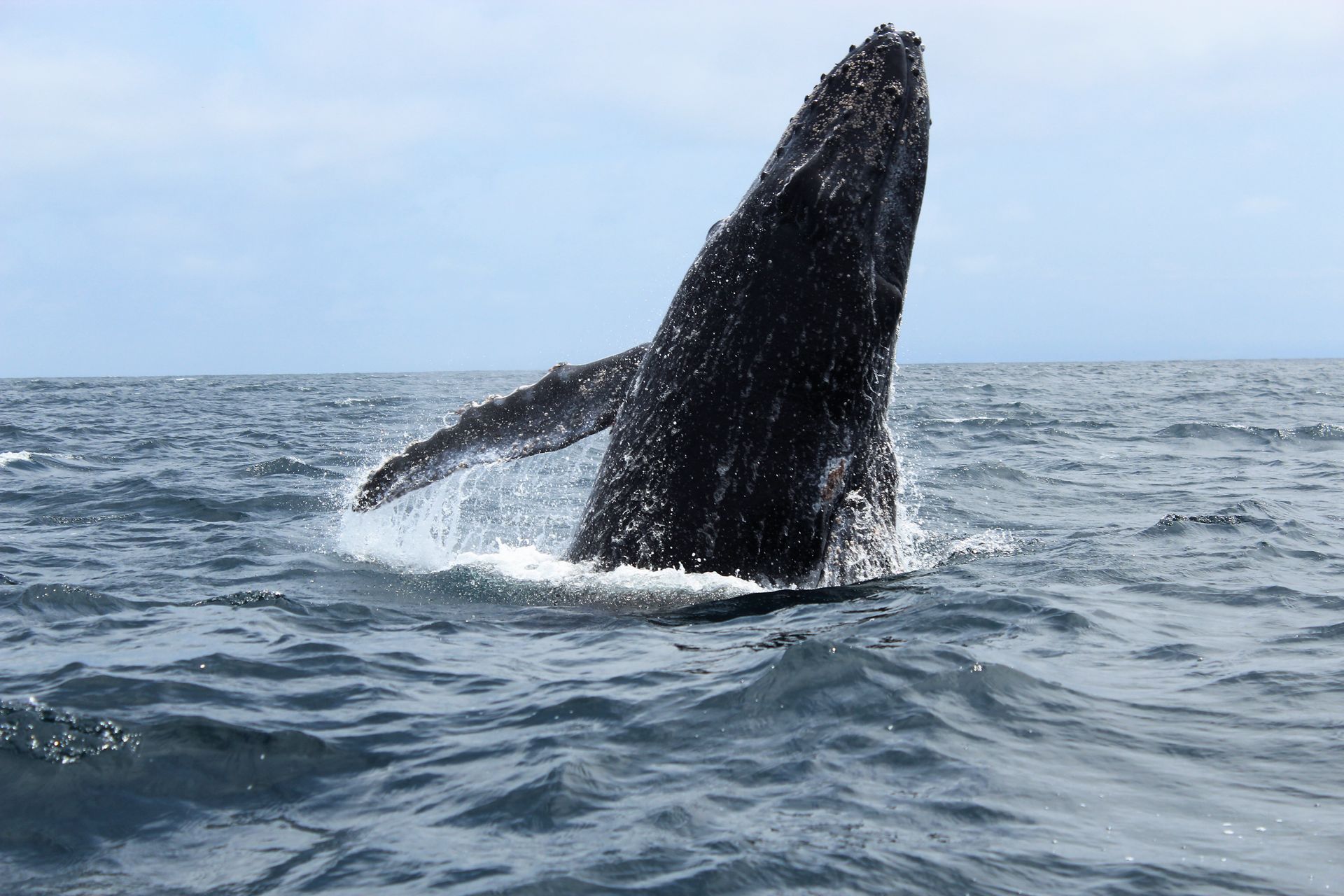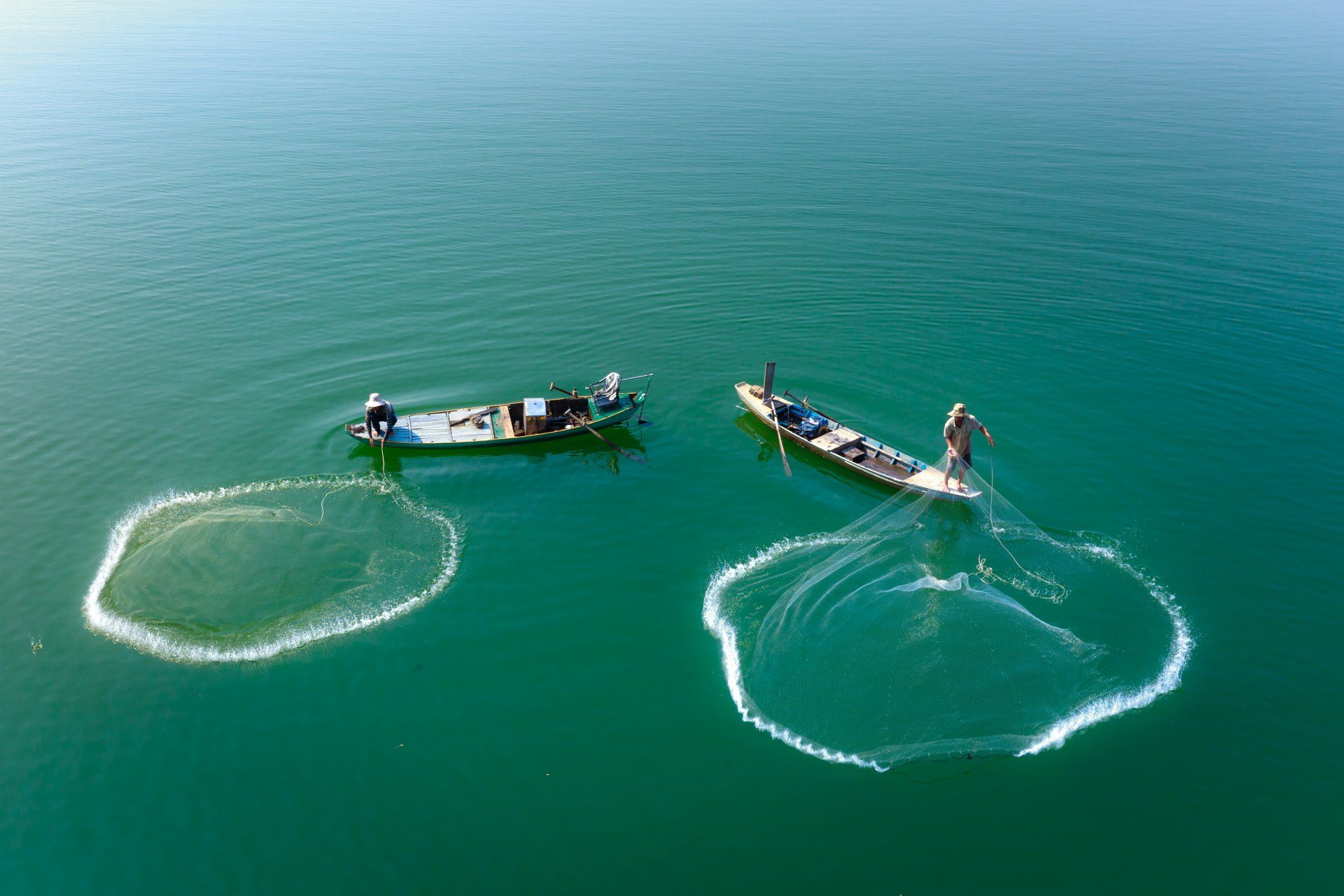2023 TOP 10 BLOG
VJEL Staff Editor: Nicholas Pellegrini
Faculty Member: Mark James
The Natural Gas Race: Will Climate Assessments or Industry Concerns Dominate the Reform to FERC’s Pipeline Certification Process?
The claim that natural gas is the bridge to a decarbonized world has created a push for additional interstate pipelines and reform to the natural gas permitting process. While natural gas advocates push for more pipelines and a quicker permitting process, the 6th Assessment by the Intergovernmental Panel on Climate Change (IPCC) warns that the world must be fully decarbonized by 2050 to avoid the worst effects of climate change. To this point, the IPCC concludes that the continued installation of fossil fuel infrastructure will only lock in future greenhouse gas (GHG) emissions that the world cannot afford. Both the federal government and many states have acknowledged the need to reduce emissions by setting net-zero GHG emissions targets. The push to build additional pipelines and reform the natural gas permitting process works against the emissions targets that the U.S. and many states are fixed to achieve. However, the outcome of these competing interests lies in the hands of one independent regulatory agency—the Federal Energy Regulatory Commission (FERC).
Under the Natural Gas Act (NGA), enacted in 1938, FERC regulates the transportation and sale of natural gas in interstate commerce. Section 7 of the NGA authorizes FERC to review applications for the construction and operation of interstate natural gas pipelines. Thus, before any facilities can be constructed to provide service and prior to a new service being initiated, interstate pipelines must get approval from FERC. FERC’s approval comes in the form of a certificate of public convenience and necessity (CPCN). A CPCN has historically been given if the applicant could proceed without relying on its existing customers to subsidize the proposed construction and operation. An applicant ensures that their project will not be subsidized by existing customers by showing a market need for the projects. Once a market need is shown, then FERC determines if any adverse impacts will arise because of the projects; the adverse impacts are then balanced with the public benefits of the project. Adverse impacts upon the environment are assessed under the National Environmental Policy Act (NEPA). This review process has been in place since 1999 and even though it has remained intact for so long, it has received a great deal of criticism by the D.C. Circuit for its reliance on precedent agreements to establish market need and lack of consideration given to potential adverse impacts, especially those upon the climate and environmental justice communities.
In Sierra Club v. FERC, the D.C. Circuit found FERC’s assessment of the environmental impacts of a proposed pipeline project, expected to carry over 1 billion cubic feet of natural gas per day, to be inadequate. The court said that the agency’s environmental impact statement (EIS) did not contain enough information on the GHG emissions that will result from burning the gas that the pipelines will carry. Under NEPA, an agency must consider the indirect environmental effects of the project that are “reasonably foreseeable” in addition to the project’s direct effects.
The primary purpose of the project was to transport gas, which would subsequently be burned. FERC acknowledged that burning natural gas releases emissions that can contribute to climate change but did not even attempt to quantify the emissions the project would produce. FERC cannot have informed decision-making process or informed public comment on a project when the amount of GHG emissions it will produce is not quantified. The court accordingly decided that FERC must either quantify and consider the project’s downstream carbon emissions or explain in more detail why it cannot do so.
Two year later, in Birckhead v. FERC, the D.C. Circuit criticized FERC’s review of GHG emissions because of a record-development issue. Although the court could not decide upon the issue because it was not brought up as a claim, the D.C. Circuit was suspect of FERC’s “less-than-dogged efforts” to develop the record it would need to determine that downstream GHG emissions are indeed a reasonably foreseeable indirect effect of the proposed project. Both cases express concern over FERC’s reluctance to include GHG emissions in its review process. Yet, the D.C. Circuit’s criticism goes beyond the sole issue of emissions.
In Vecinos para el Bienestar de la Comunidad Costera v. FERC, the D.C. Circuit found FERC’s analyses of a proposed project’s impacts on climate change and impacts on environmental justice (EJ) communities to be deficient. The D.C. Circuit pointed out that FERC had not adequately assessed the impacts of the project’s GHG emissions because it neglected to respond to arguments about the methodology used to determine how the project’s emissions contribute to climate change. Furthermore, FERC had conducted its EJ analysis only on communities in census blocks within 2 miles of the project sites, but the EIS stated elsewhere that the air quality impacts could occur within 31 miles of the project. Beyond the geographical scope of the EJ analysis, FERC had found that every community in the assessed census blocks were minority or low-income, yet ultimately concluded that the project did not disproportionately impact residents who identify as a minority or are low-income. These deficiencies led the D.C. Circuit to order FERC to revisit the CPCN that these analyses had supported.
Lastly, in EDF v. FERC, the D.C. Circuit found that FERC had failed to balance the potential adverse impacts of a proposed project with its public benefits. FERC had issued a CPCN to Spire STL Pipeline LLC (Spire STL) to construct a new natural gas pipeline in the St. Louis area. However, all parties—including the Missouri Public Service Commission—agreed that the pipeline was not being constructed to serve new demand. Market need for the pipeline was proven with one precedent agreement for 87.5 % of the pipeline’s projected capacity made between Spire STL Pipeline LLC and Spire Missouri Inc. (corporate affiliates). Moreover, no concrete evidence supported any of the public benefits Spire STL claimed would arise from constructing this new pipeline. Despite the evidence of self-dealing, FERC said that it would not second guess the business decisions of Spire STL and allowed the construction of the pipeline to proceed. The agency’s actions led the D.C. Circuit to vacate Spire STL’s CPCN because it refused to incentivize FERC to allow a project to be built and then comprehensively reviewed later. The adequacy of FERC’s certification process has endured many legal losses over the past years, which has forced FERC to adapt.
In February of 2022, the Federal Energy Regulatory Commission (FERC) issued two policy statements to provide further guidance on the agency’s natural gas project certification process. One of the policy statements adds to and revises the factors FERC will consider when it grants a CPCN to a proposed interstate natural gas project. The other statement establishes how FERC will address GHG emissions under the NGA and NEPA for proposed pipeline and liquified natural gas (LNG) projects.
However, only weeks later, concerns over the uncertainty the updates could instill into the certification process pushed the agency to declare the two policy statements as “drafts.” The two draft policy statements were left open for public comment until April 25, 2022, and reply comments were later due on May 25, 2022. As the year comes to a close, FERC has still not released any word about the future of the two statements. To add to the uncertainty, Chairman Richard Glick’s imminent departure from FERC puts FERC’s commissioners in deadlock and places the fate of the two draft statements largely in the hands of Glick’s successor.
What does this mean for the future of the interstate pipeline certification process? Well, the D.C. Circuit has made it abundantly clear that the current certification process is outdated and dismissive when it comes to climate and EJ concerns. FERC has a legal liability gap that it needs to fill. Therefore, if the policies updates from February are not implemented, different policies of a similar likeness will eventually emerge. However, time is crucial in the fight against climate change. The UN’s 2022 Emissions Gap Report says that the world is woefully behind on meeting the goals set out in the Paris Agreement, and finds that GHG emissions need to be reduced by unprecedented levels over the next eight years to meet the goals of the Paris Agreement. All new sources of emissions pose as threats to the Paris Agreement, the federal government’s goals, and the net-zero carbon emissions targets that many states are fighting to achieve. These efforts can no longer be disregarded. The agency needs to address climate change and acknowledge net-zero carbon emissions targets in its pipeline certification process now. The pressure to expand the nation’s pipeline system and quicken the natural gas permitting process will probably grow due to the projected growth of the production and consumption of natural gas. Thus, FERC needs to act before the debate intensifies. Although the direction of FERC’s use of climate change and carbon emissions in its certification process is uncertain, it is only a matter of time before the agency—or Congress itself—makes a change. Only time will tell if the change will be for the better.












